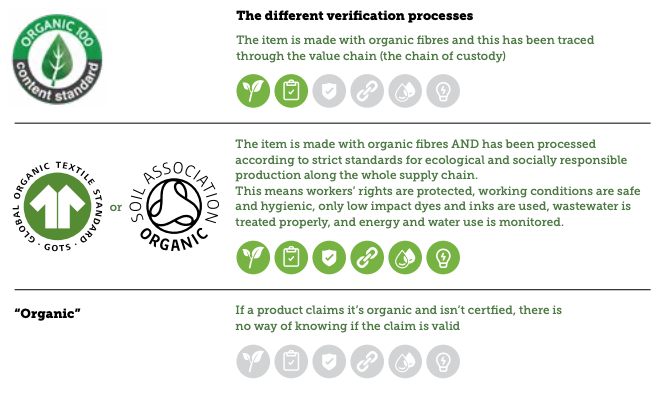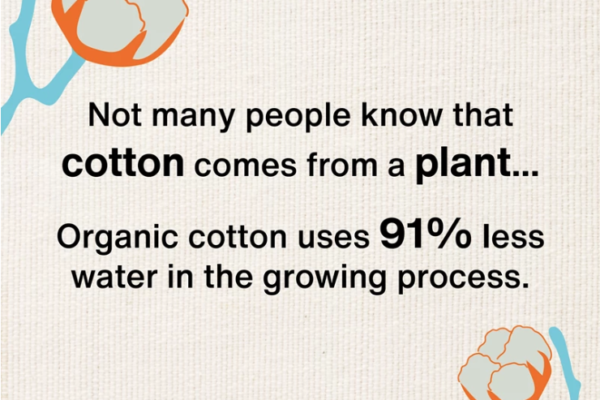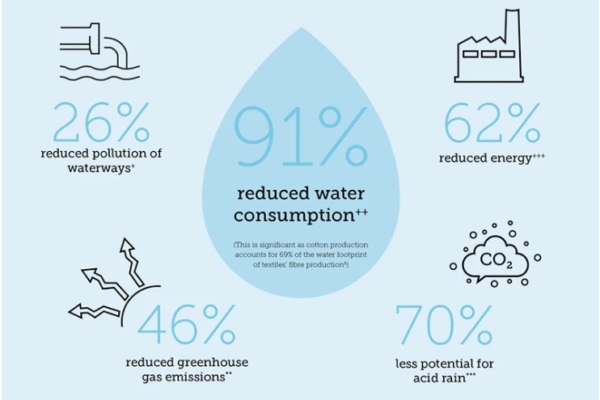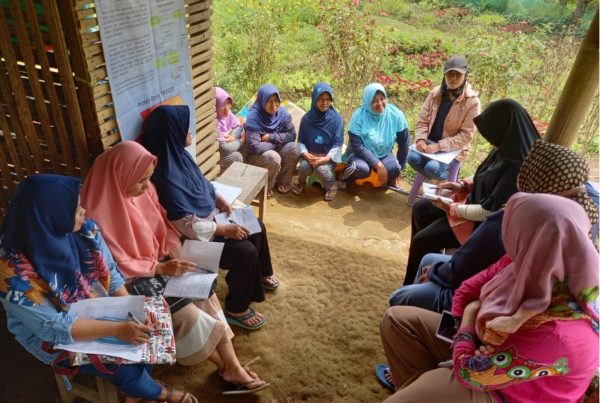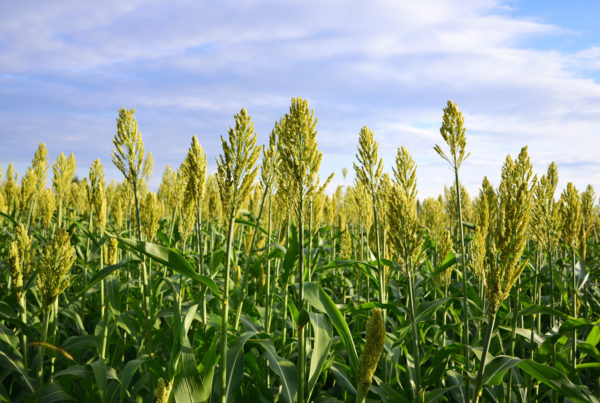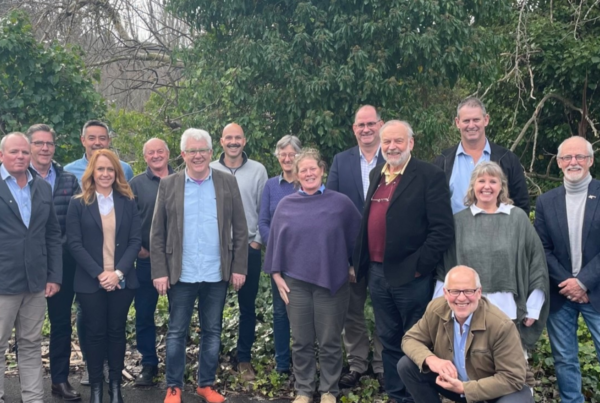What is Organic Cotton?
‘Conventional’ cotton has been grown in a way that relies on synthetic inputs to grow crops and tackle pests and diseases. Manufactured nitrogen fertilizer and synthetic pesticides are cornerstones of conventional practice. In contrast, organic cotton takes a more systems-based approach, relying on natural inputs and processes to manage fertility and reduce pest damage. Organic cotton farmers don’t use toxic hazardous pesticides and artificial fertilizers. Organic is the only system which eliminates highly toxic substances from the environment and instead works holistically, for the long-term benefit of people and the planet.
Why is Organic Cotton Better for the Planet?
Cotton production uses 2.5% of the world’s cultivated land, yet it accounts for 16% of global insecticide sales. It also accounts for 4% of artificial nitrogen and phosphorus fertilizers used globally. But it doesn’t have to be this way. Organic cotton farmers use a range of natural techniques to support the growth of healthy crops. They don’t use toxic hazardous pesticides and artificial fertilizers. Here are a few reasons why growing organic cotton contributes more to environmental sustainability than its non-organic counterpart:
1
Builds Healthier Soil & Combats Climate Change
Organically farmed soils are generally higher in soil organic matter. This is because instead of using synthetic fertilizers to stimulate plant growth, organic cotton farmers use organic matter, such as farmyard manure and compost, to enrich and build healthy soils. Soils higher in soil organic matter are better at holding water than soils managed with artificial chemical inputs. These healthy soils act like a sponge, soaking up water during floods and holding it for longer during droughts. Healthy soils like these store carbon and help mitigate climate change. Organic cotton emits 46% less greenhouse gas than non-organic cotton.2
Saves & Protects Precious Water
Organic soils require less irrigation. 80% of land producing organic cotton is located in areas which are predominantly rain-fed, requiring considerably less blue water. This means that farmers rely on rain to water their cotton instead of having to extract water from the ground, which can relieve pressure on water supplies in local communities. In addition, organic cotton farmers employ a wide range of techniques to conserve water, including rainwater harvesting. Overall organic cotton requires up to 91% less water to produce (from farm to bale) than conventionally grown cotton. Hazardous synthetic pesticides and fertilizers are banned in organic farming, so rivers, lakes and drinking water are kept cleaner too.3
Helps Farmers Feed Their Families
Organic farmers always grow other crops alongside their cotton. These crops can provide farming families with another source of income and their communities with a more stable, accessible, abundant, and diverse food supply.4
Gives Control to Farmers Not to GM Companies
Genetically modified (GM) cotton seeds are banned in organic farming, so farmers are not reliant on a handful of GM companies. Instead, they save their seeds year after year, and work with the environment in a long-term, sustainable way.5
Eliminates Hazardous Synthetic Pesticides
Hazardous synthetic pesticides used in non-organic farming can damage ecosystems, poison waterways, and endanger workers who cannot always afford safety equipment needed to protect them. These chemicals also need to be diluted to bring them to 'safe' levels when they enter waterways. Over one fifth of water used to grow non-organic cotton is used for this purpose. This is not the case for organic cotton because hazardous synthetic pesticides are banned. Organic cotton farmers use natural methods like crop rotation to control pests and diseases.
© Image Copyright. Soil Association.
How Consumers Can Help – Look for the Logo
Unlike food, textile products can be described as organic without having to be certified. This means that brands and retailers can call products organic regardless of organic content. For cotton to be truly organic, it should not only be grown organically but processed organically too. Citizens should look for the GOTS or Soil Association logo, which demonstrate that the highest standards have been met along the whole supply chain.
© Image Copyright. Soil Association.
To learn more about how organic cotton offers a path forward to a better future, please visit the Soil Association’s new report ‘Thirsty for Fashion’. This 24-page report was published as part of the ‘Have You Cottoned On Yet?’ campaign.
Header Image © The Soil Association
This blog post is a lightly modified reprint from the Soil Association’s What is Organic Cotton webpage. The original content can be found here.
In the previous blog posts, we took a closer look at ways local communities can promote organic agriculture. Check them out!
